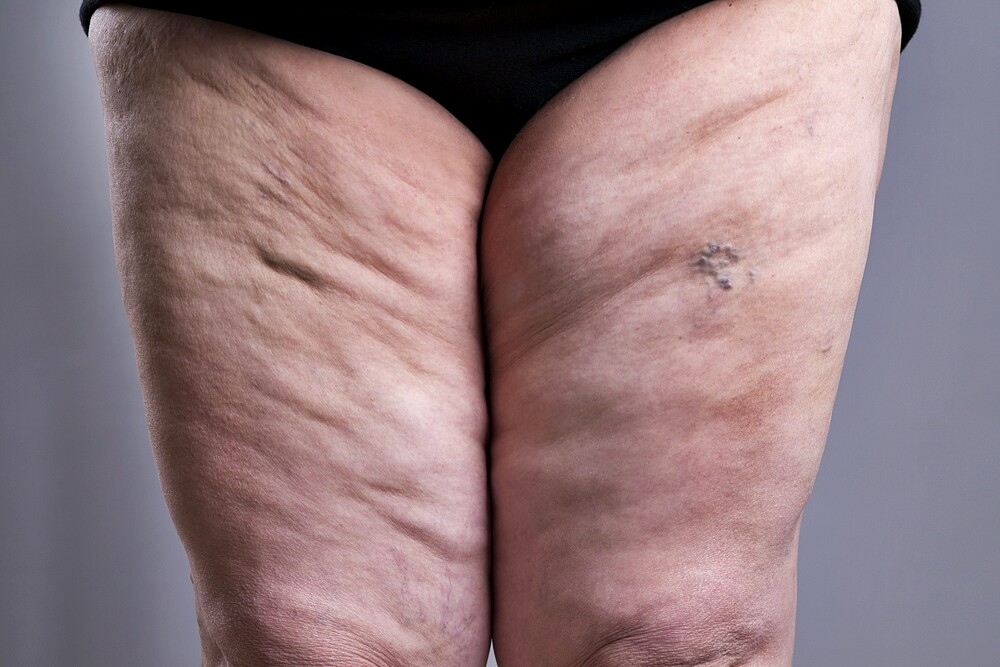Many women suffer from lipedema without knowing about it themselves. Here you can find out how to recognize lipedema.
Recognizing lipedema: Background
- Lipoedema is a disorder in the distribution of fat that usually affects the legs and sometimes the arms. The diagnosis of lipedema is almost exclusively given to women. Why this is the case cannot be clearly answered, but hormonal reasons seem to be the decisive factor.
- A treatment or surgical procedure for treatment is conceivable, but a complete cure is not possible. We will show you by which symptoms the disease can be identified and who you can turn to. Lipedema often occurs in conjunction with lymphedema. This is a visible accumulation of fluid in the intercellular space.
Typical Symptoms
- Bruises: Those affected often suffer from bruises (haematomas). This is because the walls of the blood vessels of the lipedema are very unstable. This often results in a conspicuous bruise on even small contacts.
- Fatty tissue increases: Mostly it affects the legs, but sometimes lipedema also occurs on the arms. In these places the fatty tissue thickens, for example on the thighs. As a result, the body appears disproportionate because only individual areas are affected by the tissue. For those affected by lipedema, this often means a high level of psychological pain.
- Pain: Depending on the stage of the lipedema, even a slight touch on the legs can cause pain. If the stage is more advanced, the legs rub against each other so that the skin becomes sore and many movements hurt.
- Nodes: In the advanced stages of the disease, the subcutaneous tissue is characterized by hard knots. The upper layer of skin is very uneven. In contrast to obesity, the proportions are very unevenly distributed.
3 stages of lipedema
- The subcutaneous tissue is thickened, while the surface appears smooth. The fatty tissue is characterized by fine nodes.
- The surface of the skin is now no longer even and the tissue appears with coarser knots.
- The skin layer is now very uneven and the fatty tissue is now strongly deformed, thickened and hard.
Treatment
- If you suspect that your fat cells are particularly pronounced not because you are overweight but because of a disease, you should consult a specialist, for example a vascular surgeon.
- It is best to get information about the doctor’s references in advance, as lipedema is still virtually unknown to many doctors or the subject of liposuction is suggested immediately.
- Diet does little to improve lipedema, but you should still aim for a balanced diet with few simple carbohydrates (fast food, sweets).
- After the diagnosis, the doctor will decide on the following treatment in consultation with you. In addition to liposuction, physiotherapy and the wearing of compression garments are also conceivable. Lymph drainage can create a suction that alleviates the lipoedema, especially in combination with an existing lymphedema.

